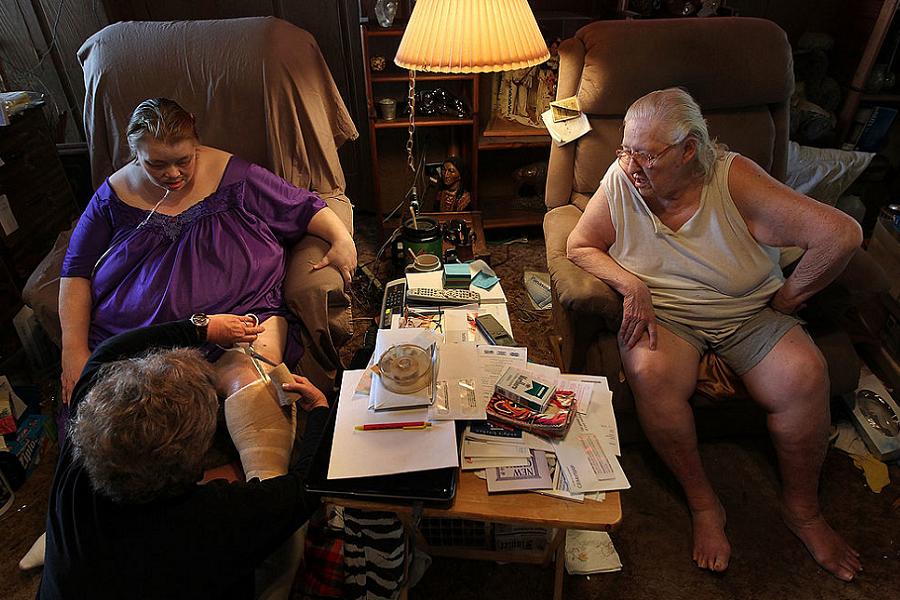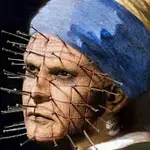Subsidized Health Insurance

Win McNamee/Getty ImagesRep. John Dingell (D-MI) wields the gavel used when he chaired the committee that passed Medicare legislation in 1965 during an event at the U.S. Capitol unveiling the House of Representatives’ “Affordable Health Care for America Act” on October 29, 2009 in Washington, D.C.
The American people spent most of Obama’s first term having a nationwide screaming match over healthcare reform, only to get the massively complex super-compromise of the Affordable Care Act (ACA). The ACA has become so controversial since its passage that both Donald Trump and Hillary Clinton campaigned on a platform of fixing it.
A key provision of the ACA, and one that is potentially under threat, is its use of federal funds to expand low-income health insurance, which goes by a different name in each state, but is collectively called Medicaid.
Medicaid sets its own rates for paying providers, and those rates are finely calculated to be as low as mathematically possible without dipping below the point where providers will simply opt out of the program. Benefits are limited, and co-payments can be as high as private insurance. Over 73 million Americans depend on Medicaid for basic health insurance coverage.

John Moore/Getty ImagesA nurse who specializes in at-home care visits two low-income patients.
Before the Medicare/Medicaid programs got started in the 1960s, health insurance in America was usually covered as a benefit for unionized labor or paid out of pocket by those who could afford it. People who couldn’t afford doctors’ bills simply went without, which may go a long way to explaining why life expectancy in the U.S. was 44.3 years in 1900.
Over the last 50 or so years, much of the rise in healthcare expenses has been tied to technology. The unspecialized old country doctor of the 1930s, sporting relatively primitive equipment, may have been cheap, but he was also helpless when his patient needed, say, an MRI or CAT scan.
Today, on the other hand, tens of thousands of very expensive procedures and drugs have come onto the market since the 1950s, and medical practitioners have specialized to the point that out-of-pocket payments (to a neurologist or vascular surgeon, for example) are out of the question for anybody who isn’t rich.
Unlike the other government programs on this list, Medicaid didn’t so much correct a howling need at the time it was adopted, as much as it currently prevents a kind of healthcare apartheid that would see millionaires enjoy first-class care, middle class families muddling through with private insurance, and working class people dying from diabetes or imposing totally unpaid costs on emergency rooms when their paper cuts went septic.
By covering some of the most at-risk people in the country, no questions asked, Medicaid also lifts a huge burden from private insurance companies, which would otherwise have to pay a lot more in benefits for the most socially vulnerable people, which may be why the private insurance industry doesn’t seem to resent the program.





